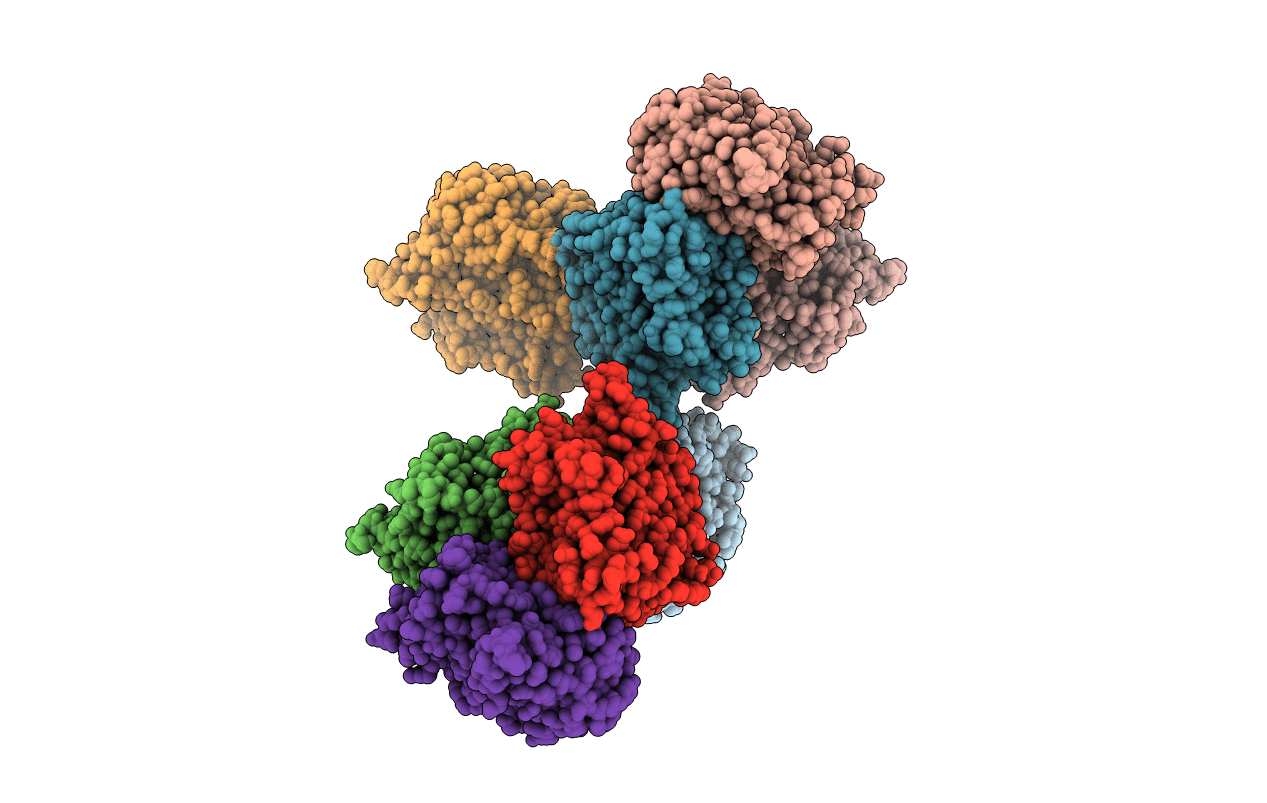
Deposition Date
2021-06-30
Release Date
2021-10-20
Last Version Date
2024-04-03
Entry Detail
PDB ID:
7RAB
Keywords:
Title:
Crystal structure of a dodecameric multicopper oxidase from M. hydrothermalis in a cubic lattice
Biological Source:
Source Organism:
Marinithermus hydrothermalis (Taxon ID: 186192)
Host Organism:
Method Details:
Experimental Method:
Resolution:
1.92 Å
R-Value Free:
0.29
R-Value Work:
0.27
R-Value Observed:
0.27
Space Group:
P 21 3


